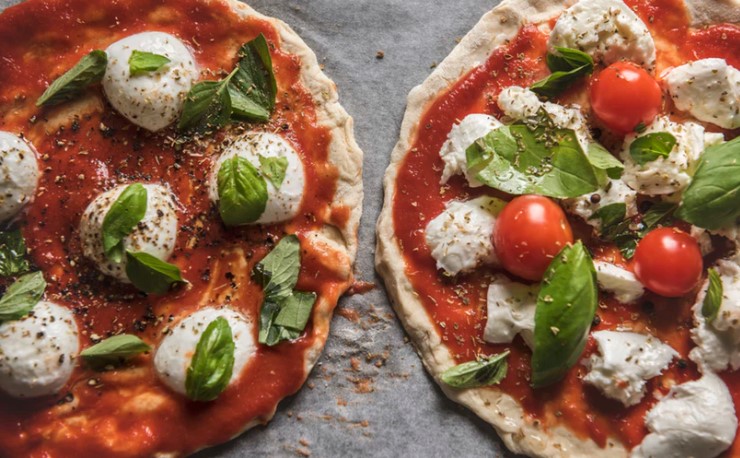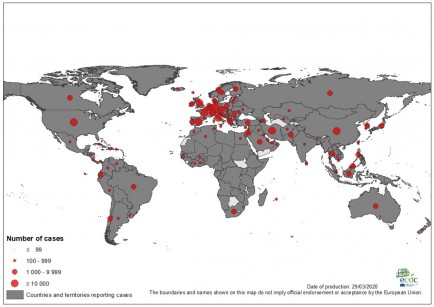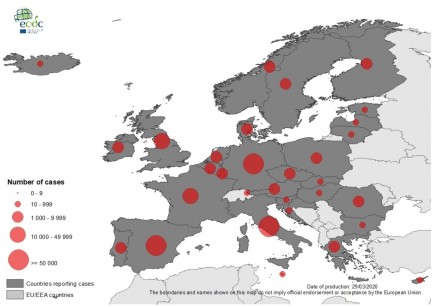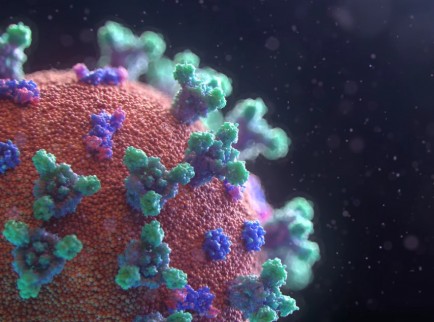Food is one of life’s greatest pleasures, so with just about every diet I’ve ever prescribed, I’ve given “permission” for people to incorporate their favorite treats. It’s something I make room for in my own daily life and believe others should, too. This concept of eating your favorite treats while on a weight loss plan is often referred to as “cheat meals.” But personally, I would never think of eating your favorite foods with planned indulgences as “cheating” on your diet. I’m not alone.
“I don’t like to use the word ‘cheat meal’ because I think it connotes that there are good and bad foods,” said Martha McKittrick, a registered dietitian and health and wellness coach. “You think if you are ‘cheating,’ you are eating a bad food, and it sets up a mind game.” Cheat meals are an indication of not being happy with your diet,” added Mascha Davis, a registered dietitian in private practice and national media spokeswoman for the Academy of Nutrition and Dietetics.
Changing the word “cheat” to “treat” can make all the difference in the way foods are perceived and can prevent the potential for disordered eating, according to experts. But whether you call them “treats,” “splurges” or something in between, most agree that there are positive aspects of including them in your diet.
Incorporating planned indulgences helps to give people something to look forward to, especially when following a stringent weight loss plan. And whether it’s a piece of cake, a scoop of ice cream or a big juicy cheeseburger, scheduled splurges can also break up the monotony of restrictive eating, which can help you stick to your plan for the long-term.
“People who treat themselves are giving themselves permission to eat something they enjoy. … It’s not ‘off’ the plan or ‘bad,’ ” McKittrick said.
On the flipside, forgoing your favorite foods on a regular basis could lead to bingeing on them when you run into, say, a platter of doughnuts or a buffet table lined with fried foods and desserts.
Davis recommends including portion-controlled treats every day, like a piece of dark chocolate after dinner, a small portion of chocolate-covered nuts, a small oatmeal cookie, roasted chickpeas or air-popped popcorn.
“If you love what you eat, you will be able to keep the weight off long-term, and you don’t need to cheat!” Davis said.
But changing up a weight loss plan by incorporating whatever it is you desire to eat doesn’t work for everyone. “I’ll say to clients, ‘do you want to have one meal a week that you can enjoy and not have to worry about being on the plan?’ A lot of my clients want it, but others don’t want to go there. … They just want to stick to the plan,” McKittrick said.
“If you are really restrictive, on a 1,200-calorie diet, and you want to eat a little bit of your favorite meal, it’s hard to stop,” said David Levitsky, professor of nutrition and psychology at Cornell University.
In some cases, including even a small treat on a daily basis could trigger overeating. “If someone could have a forkful of dessert every night, that’s fine, but for others, I honestly believe it sets them off,” McKittrick said.
“I have tons of patients who can have a small amount of dark chocolate every day, but if I had box of chocolate in front of me, I couldn’t have just one. Everyone is different, and you have to know your own body.”
The decision to include treat meals, as well as how often and what to eat, can vary from person to person. If you decide to incorporate treat meals into your eating plan, here are some considerations to keep in mind:
Feeling bad or guilty about indulging not only denies you pleasure, it can lead to emotionally driven eating, which can lead to weight gain and set you up for a poor relationship with food.
Think about it this way: A single treat or meal will not derail your diet, but your response to eating the treat can cause you to lose control and fall off the wagon.
“Guilt will eventually bring you down. … It can snowball into a negative conversation in your head. … You beat yourself up and say, ‘why did I do that?’ And then you say, ‘now I might as well eat all of this’ … and all of this erodes at your self-esteem,” McKittrick said.
For some people, starting a diet plan by incorporating a daily or weekly treat meal makes sense. But others would rather hold off until an initial goal is reached.
“One guy I counseled lost 80 pounds. … He’s been on a fairly rigid plan — mostly fruit, protein and vegetables — but this is what he wanted. Now he’s excited about taking one day a week to have three pieces of pizza or whatever he desires … and he’s excited about it and looking forward to it,” McKittrick said.
Don’t turn a ‘cheat’ snack or meal into a ‘cheat’ day
“There’s nothing magical about ‘cheating,’ ” Levitsky said. “If you think you are getting away with something and you can ‘cheat’ more frequently, the rate of weight loss will go down.”
One of McKittrick’s patients gave himself an entire day to splurge. “He was super-rigid all week long, but on Sundays, he ate nonstop for the whole day.” Though he lost some weight initially, his weight loss came to a halt, because his strict days were simply making up for his Sunday binge. “We changed it to one treat meal … and now he’s losing a steady 2 pounds a week.”
It’s important to choose foods you really enjoy. That means a cheeseburger made with lean sirloin and one slice of cheese on a small whole-wheat bun might not cut it if you’re really craving Shake Shack. Similarly, fruit would probably not satisfy you if you really want ice cream or a piece of candy.
In addition to knowing what treat meals are worth incorporating into your plan, it’s important to know how much of that treat will work for you. For one person, a treat meal might be eating a big bowl of pasta at their favorite restaurant one night per week, whereas someone else could be happy with a couple of forkfuls of their spouse’s pasta each night, McKittrick explained.
Experts say that although you shouldn’t shortchange yourself when it comes to eating what you crave, you can still try to make it more nutritionally valuable.
“Pizza can be made healthier if you order a whole-grain crust, add a lot of veggies and order half the cheese. And ice cream can be a better choice if you get a sorbet or eat a healthy meal and then enjoy some real ice cream for dessert,” Davis said. “There is a better version of almost any ‘cheat meal.’ “
Original article: https://edition.cnn.com/2018/11/30/health/diet-cheat-food-drayer/index.html































Comments